It’s a neat idea, the Defender Challenge. In short, it involves applying the formula that applies to one-make, arrive-and-drive racing, to rallying.
It’s Bowler Motorsport’s idea. You might not be surprised to learn that, because the company has been doing innovative, interesting things with Land Rovers for decades.
Bowler is independent but has close links and a good relationship Land Rover. You might remember the Bowler Wildcat and Nemesis. Bowler currently makes the EXR, for road or rally. Bowler’s heart is in off-road racing.
And this, the Defender Challenge, is an easy path way into the sport. Some people have entered the Challenge just because it’s a low-hassle way to go rallying and is a right laugh. But others do it because Bowler’s experience in Rally Raids means they can move on, with Bowler, from here into grander off-road rallies than the seven-round UK Defender Challenge. Like the Dakar.
The Challenge cars, then. They start life as Defender 90 hard-tops; no rear seats, solid top. They’re registered that way and that makes them commercial vehicles - although motorsport regulations insist on the addition of a back window later.
Then Bowler sets to work – adding its own motorsport wheels, a 170bhp engine tune and race exhaust, bespoke springs, Bilstein dampers, new bushes, anti-roll bars and steering damper; a plumbed fire extinguisher, roll cage, engine cut off, Perspex windows, racing seats and six-point harnesses. And air conditioning.
Like that, they cost £50,000. You can spend more on other options, if you like. This is motorsport, after all. It’s all expensive.
They’re homologated for both MSA and FIA regulations, so can be entered not just into the Defender Challenge, but international rally raid events too.
Being a bright company and having spotted people might want to do just that, but are short of time or space or mechanical ability, Bowler can look after everything. Smart company.
But still, dim enough to let me have a go in round six of the UK Defender Challenge, whose seven competitors comprised a class in the Cambrian Rally, North Wales, last weekend.
I’ve raced on a circuit a few times but never rallied before. And having talked to other competitors here and at races, it’s striking how many stick to their discipline: rallyists go rallying, racers go racing.
I’ll tell you something else: rallying is hard. I’ll spare you the details of my glorious battle for the class lead, because it wasn’t glorious and I didn’t battle for the class lead, but I will tell you that these Defenders genuinely handle.

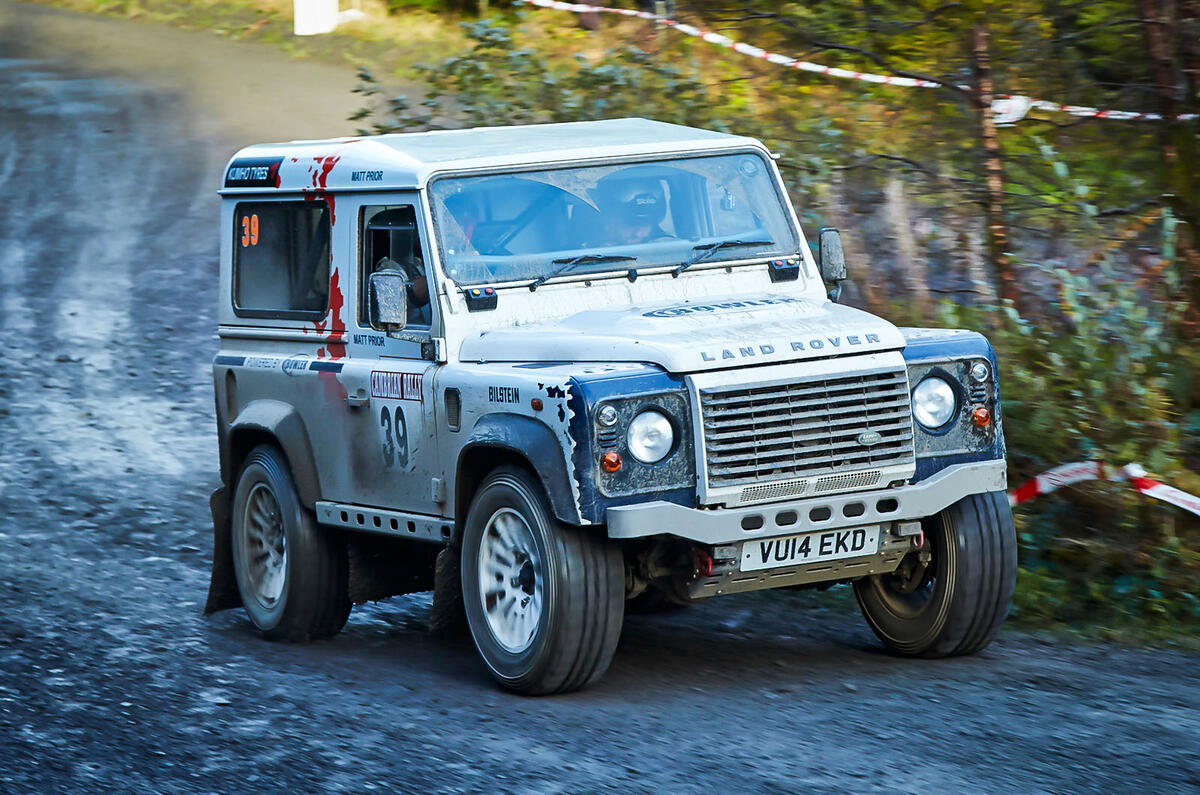
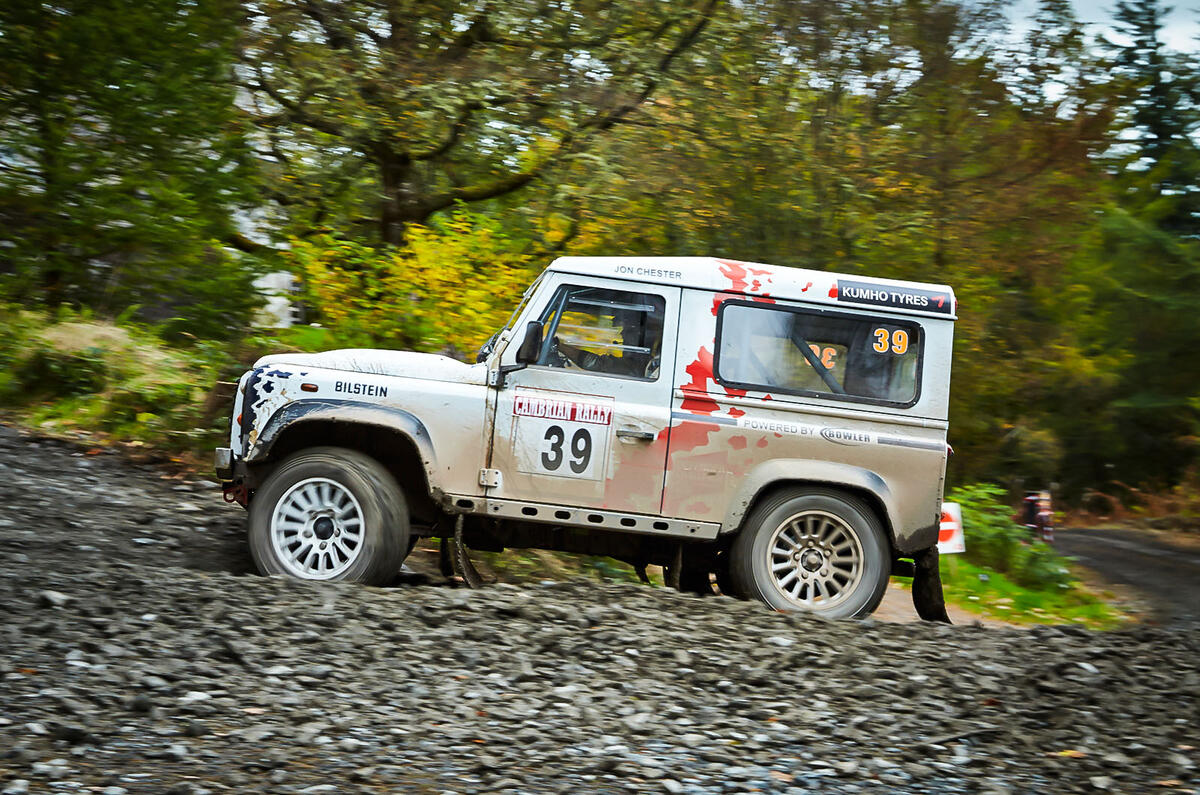
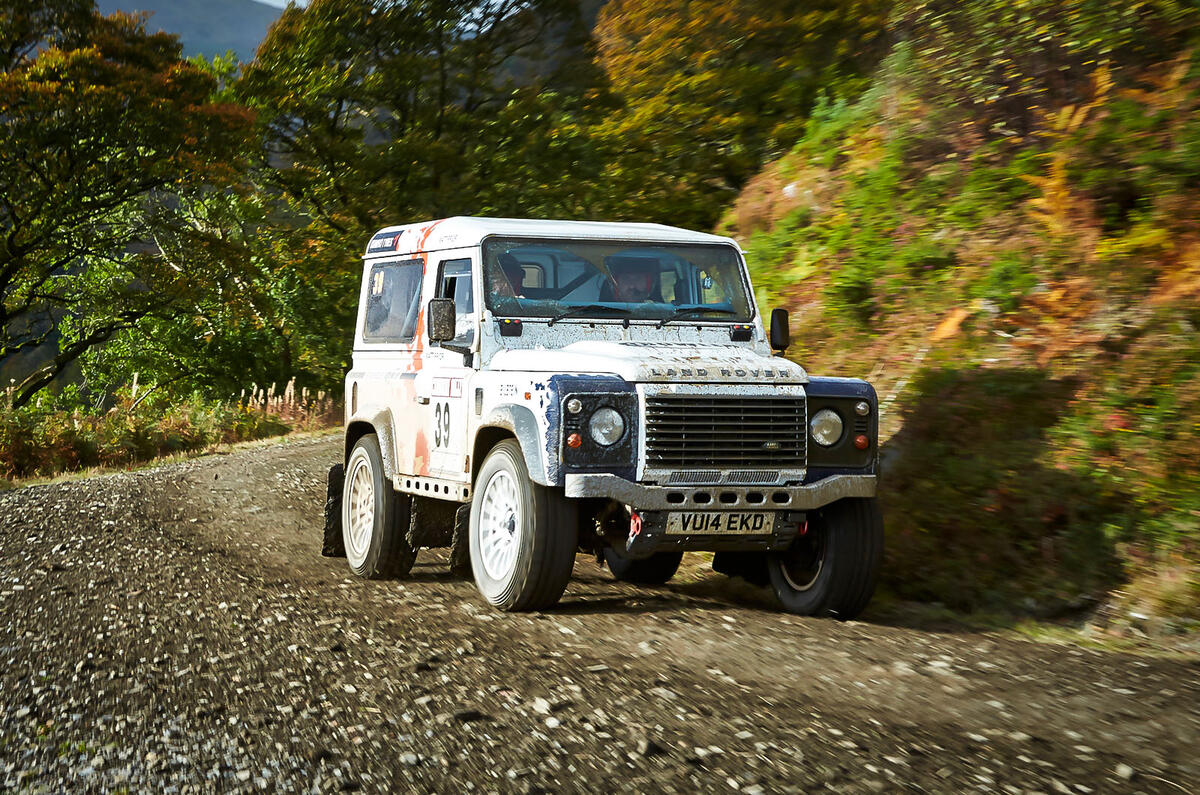

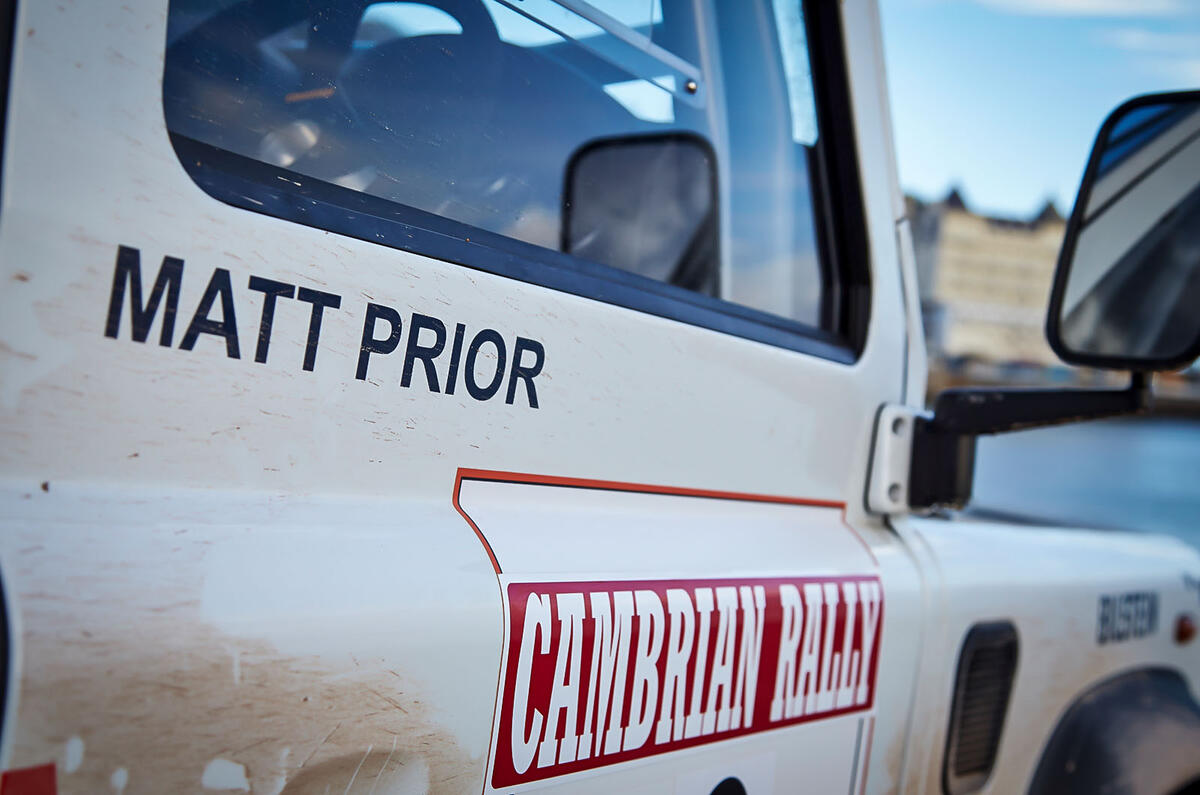
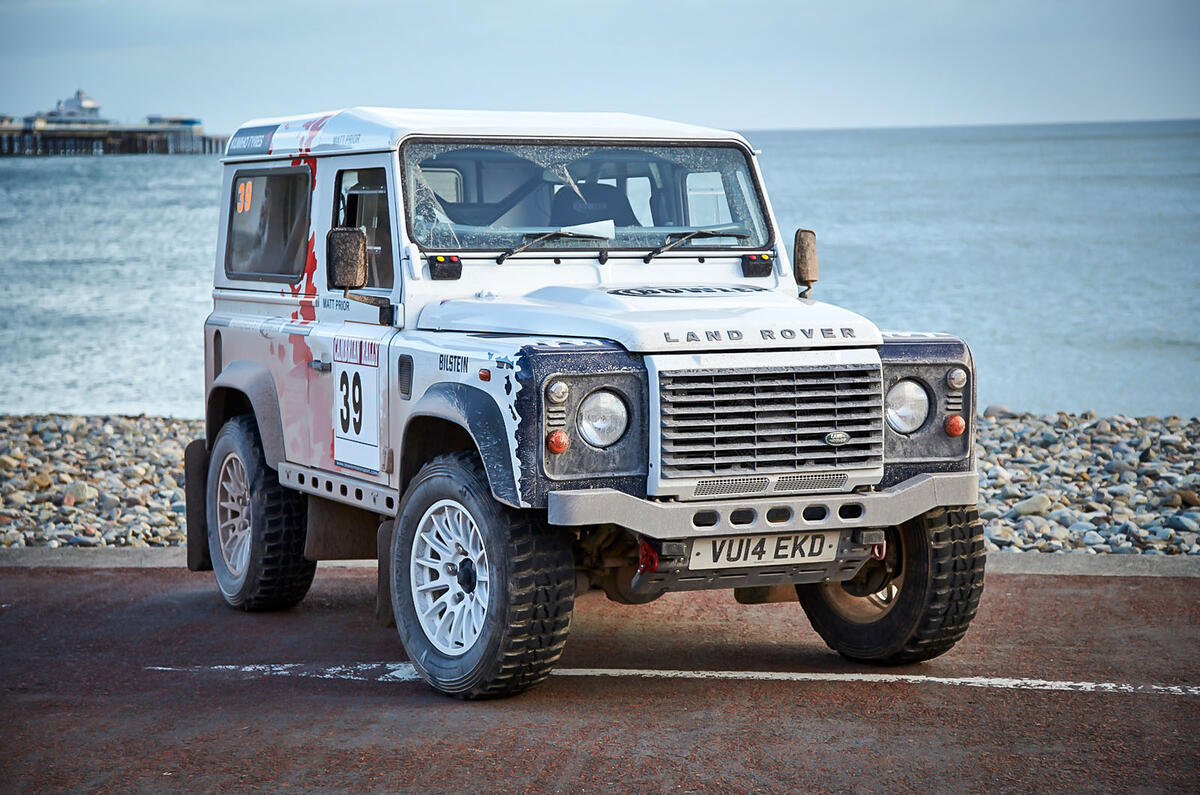
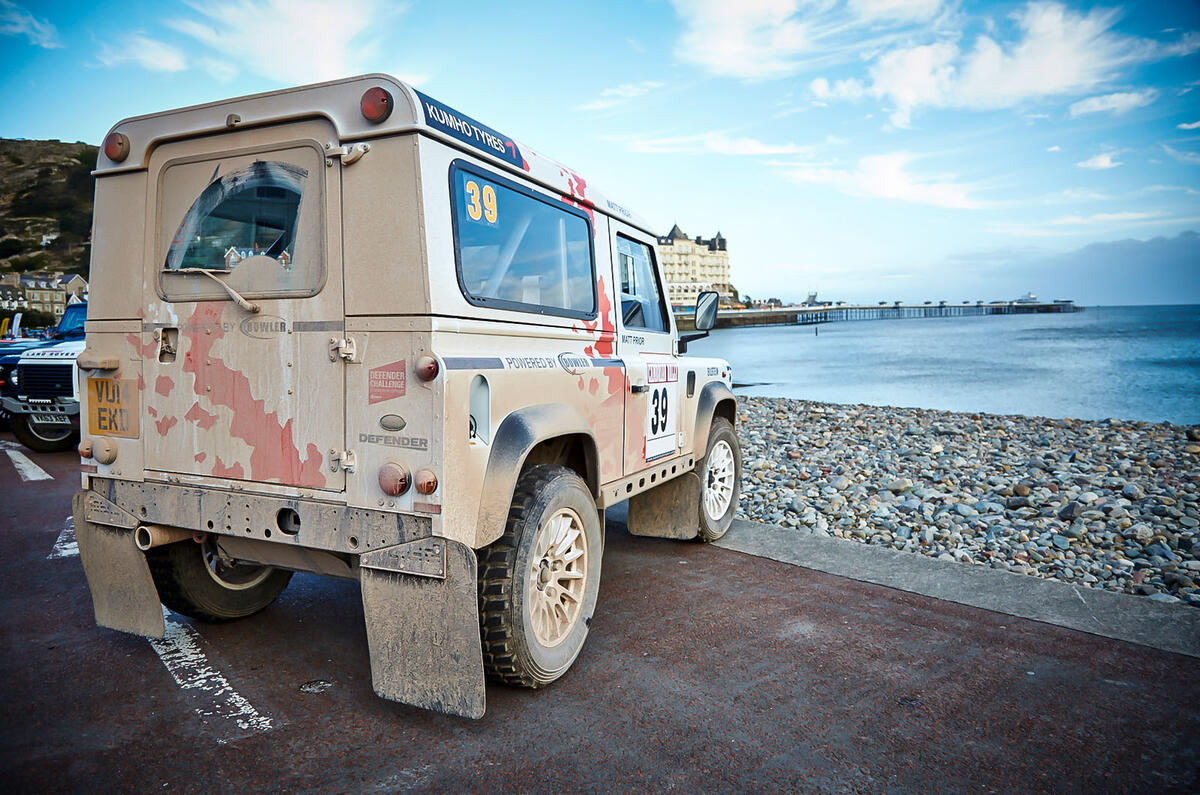
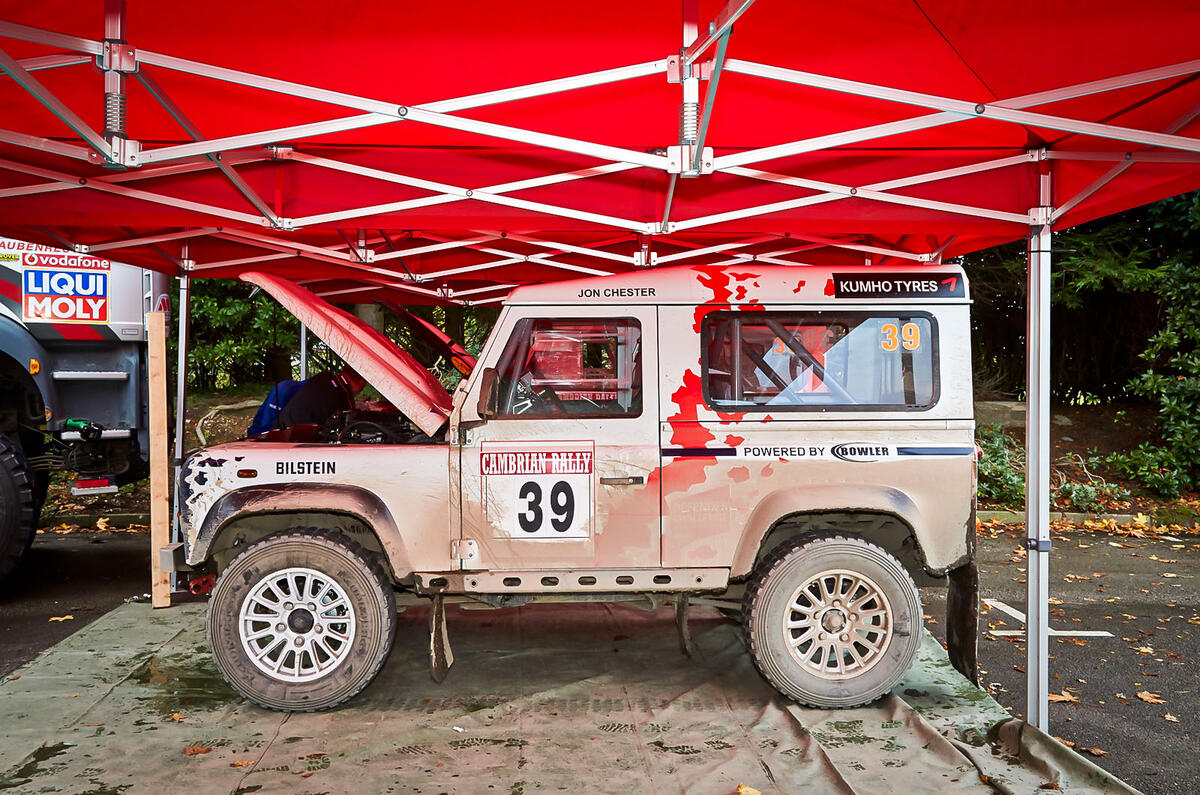
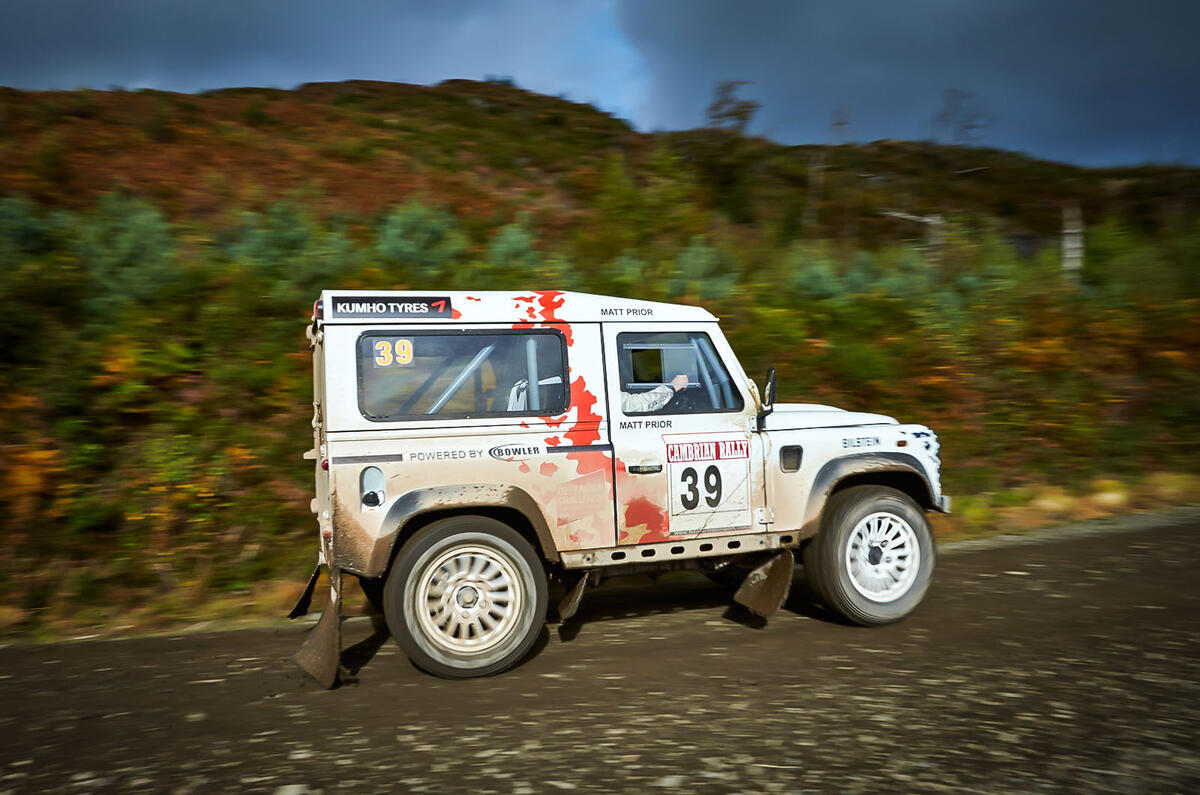
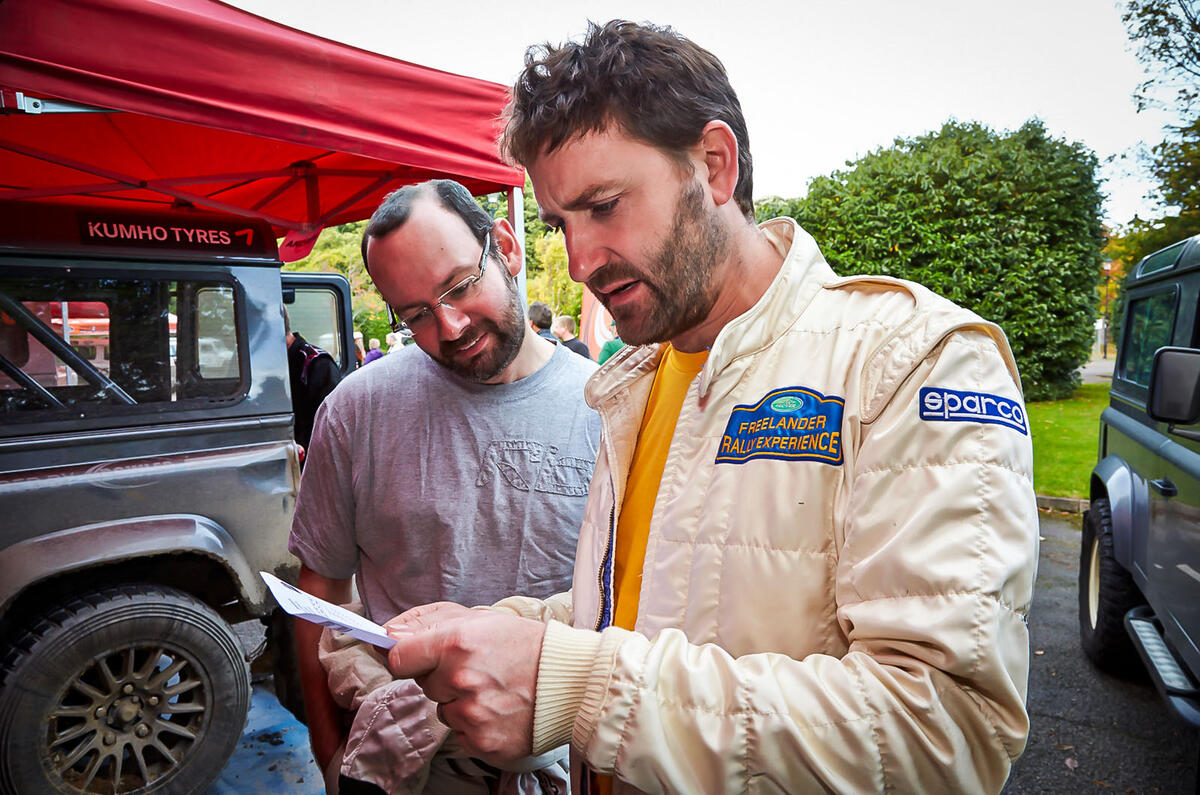
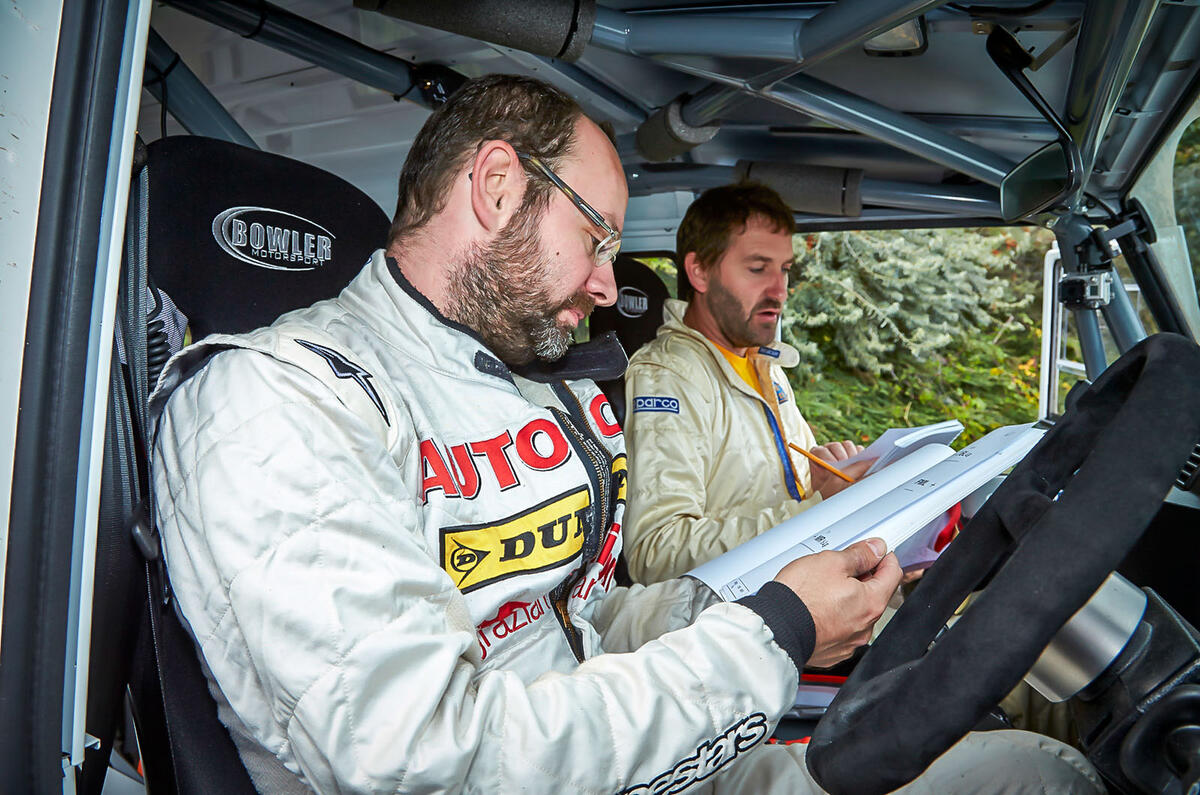
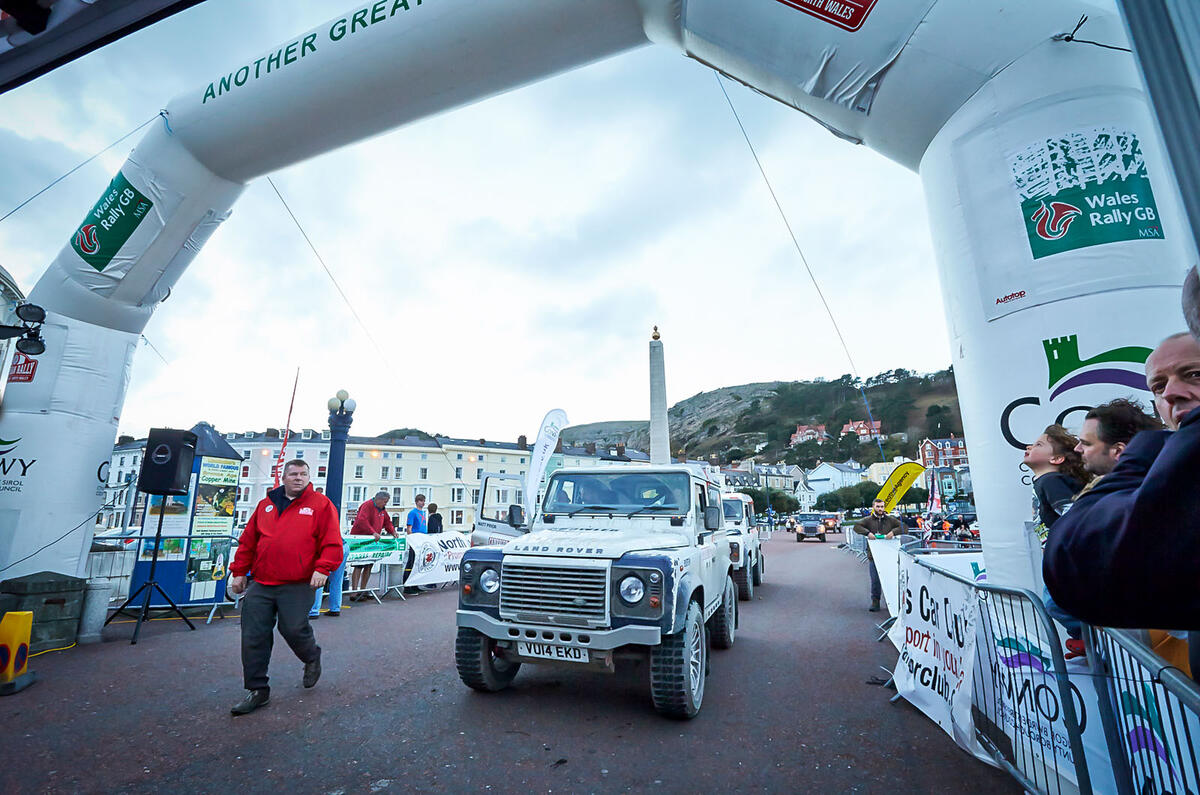


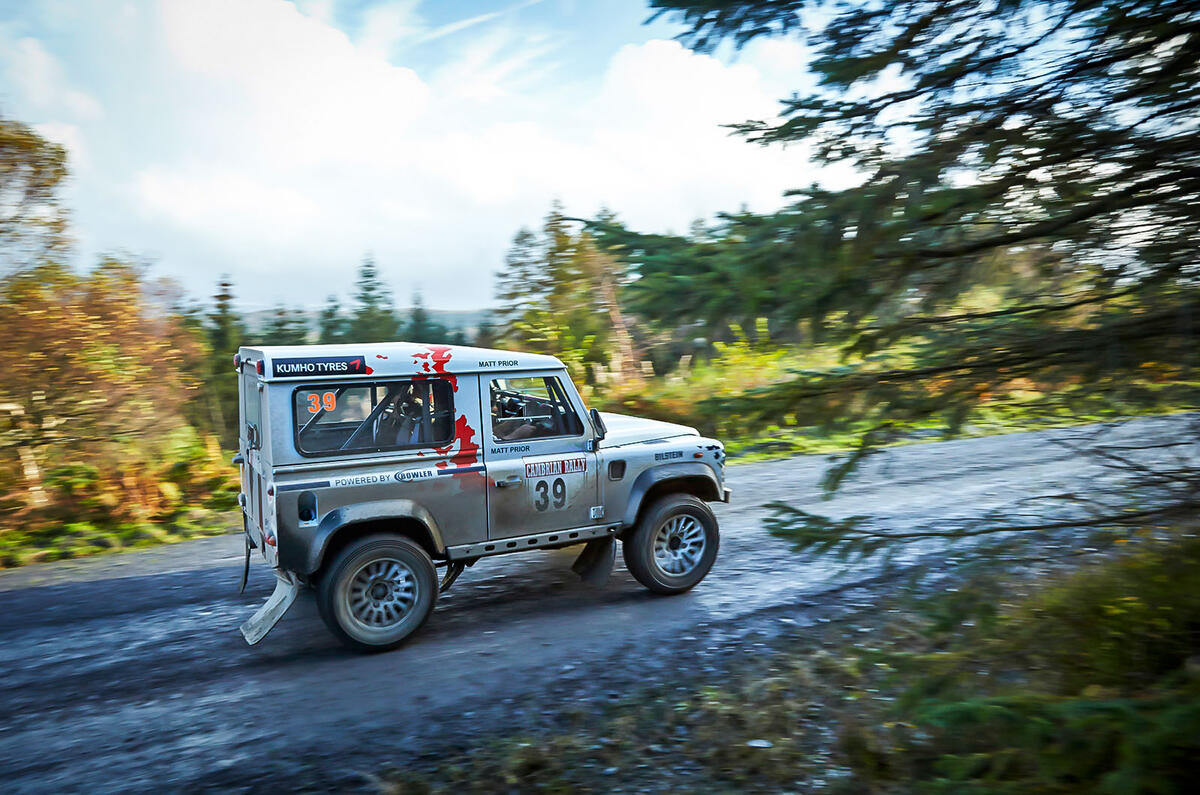
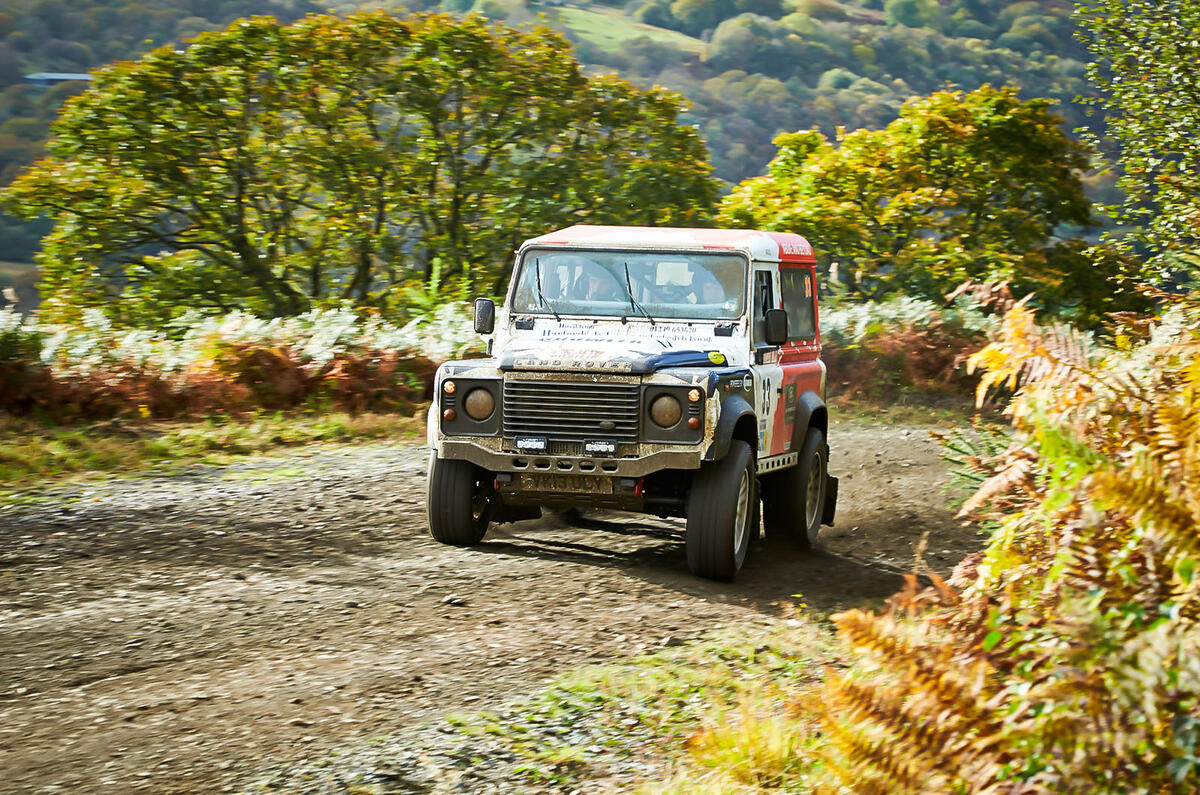
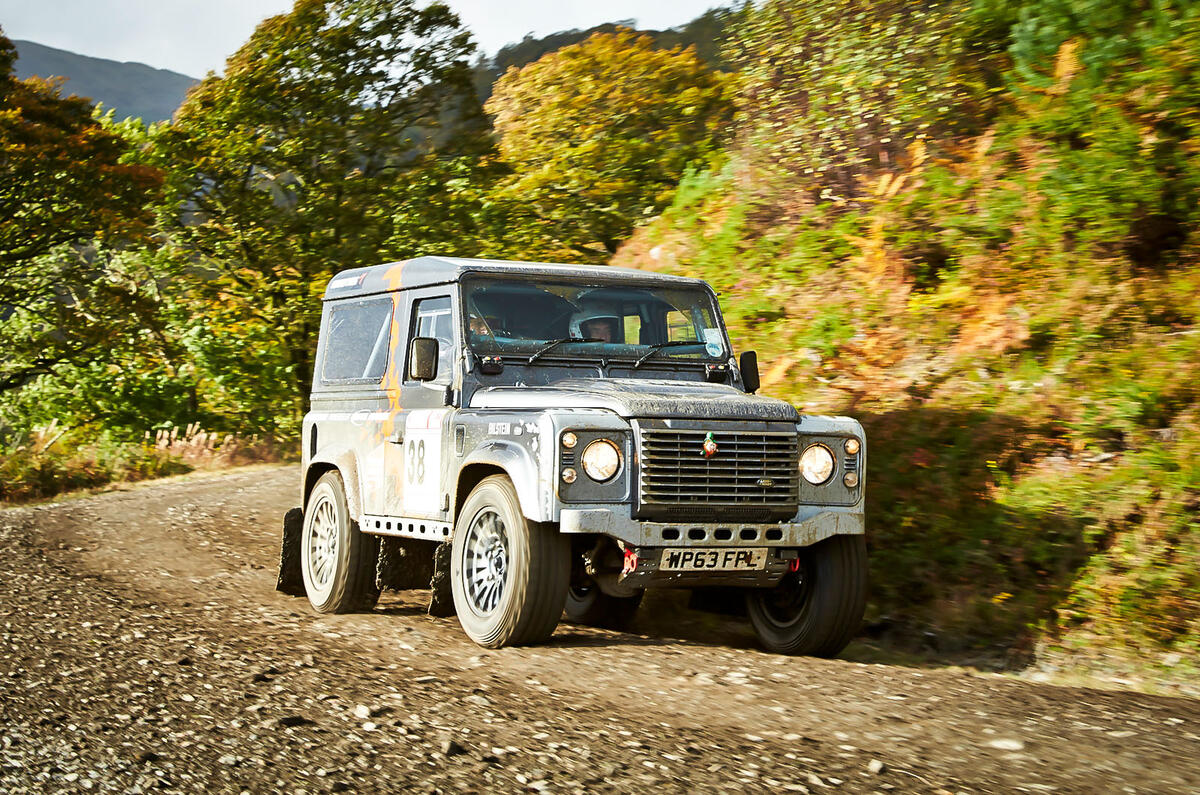

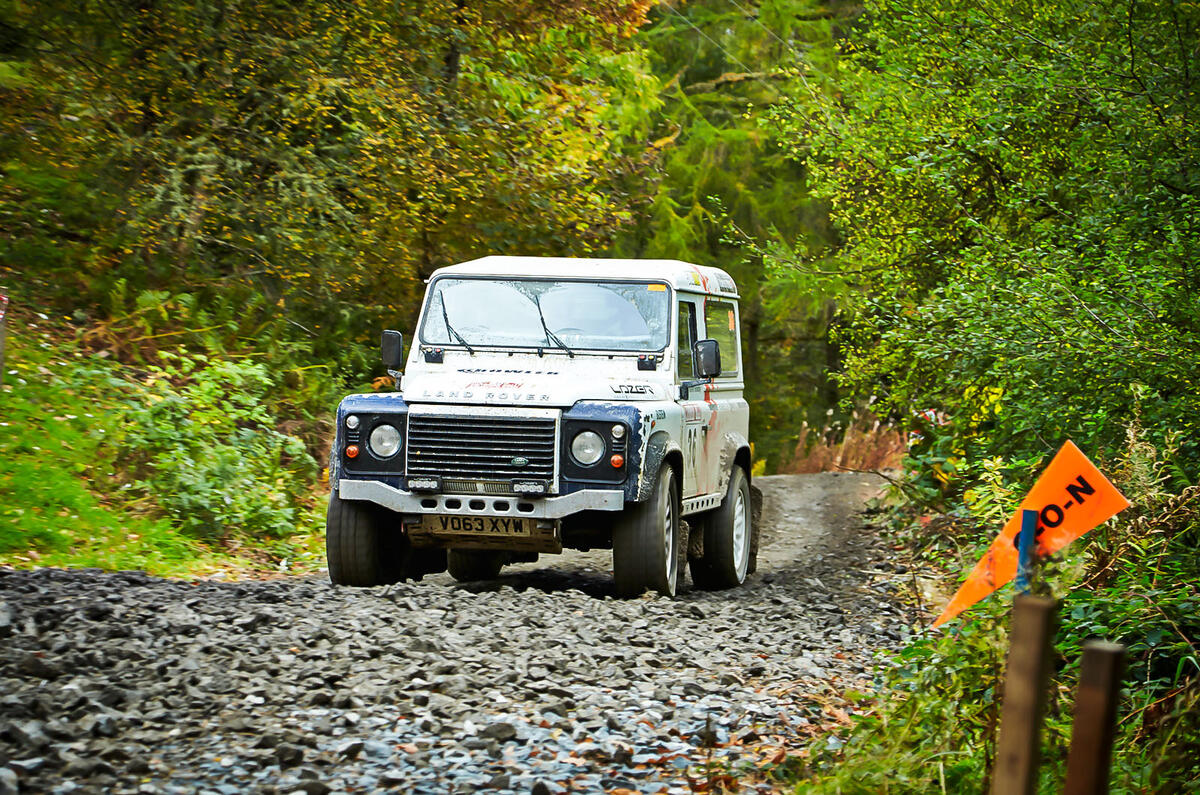
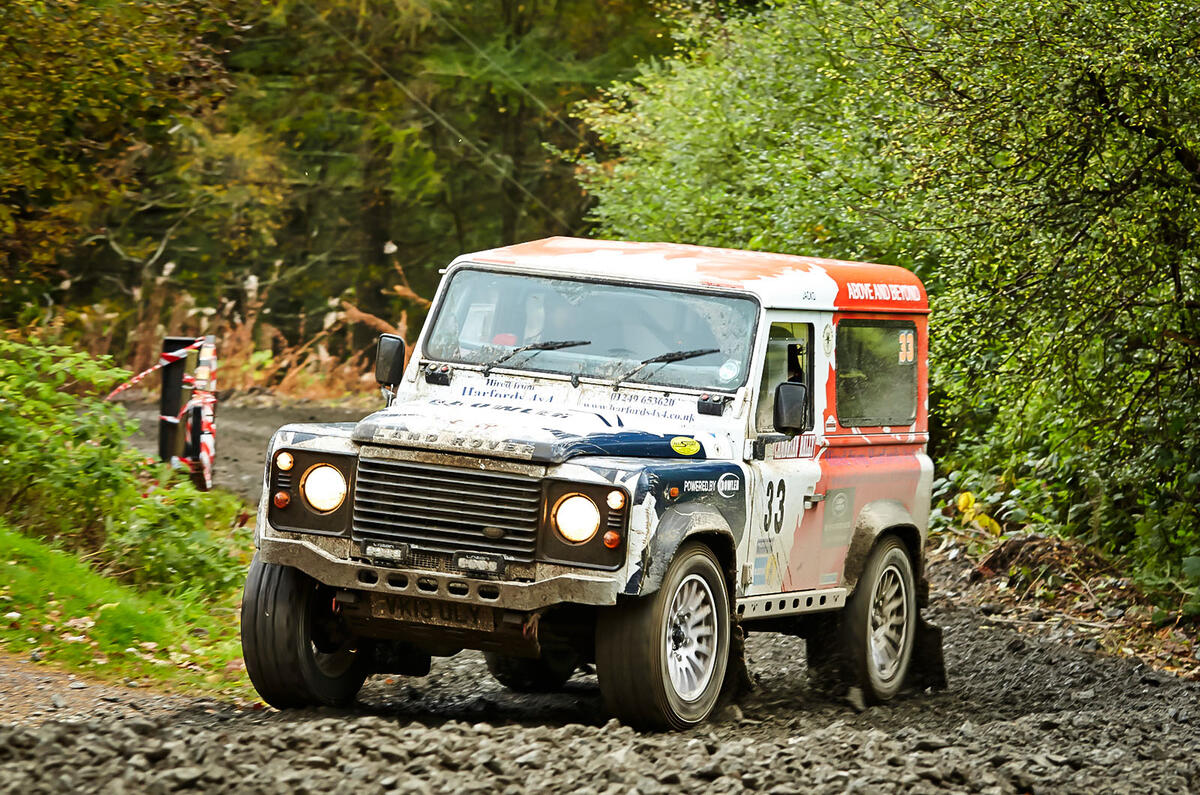












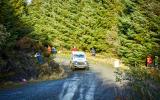

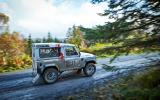


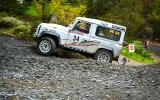







Join the debate
Add your comment
Defender replacement
I notice the Ford Cortina Mk2 has totally vanished but you still see Mk1s, that tells you a lot.